Using a Fitness Center Does Not Have to be an Exercise in Frustration: Tips for People with Mobility and Visual Disabilities
4. Tips for People with Mobility Disabilities
If you join a fitness center, you want to have the same access to all areas, programs and services as other members of the facility. Accessibility issues and barriers are different for each individual, but some barriers are common for people with mobility disabilities.
4.1 Plan Ahead
When looking for a fitness center or preparing to visit a center for the first time, it is helpful to ask questions ahead of time. These questions may help identify potential barriers so you know what to expect. For example, you may want to know:
-
Do you have an accessible entrance (i.e. one that has no stairs, a wide doorway, near accessible parking spaces)?
-
Is your facility on a public transit route (e.g., bus, subway, train)?
-
(If you are looking for specific features or equipment) does your facility have that (whatever you need, e.g., swimming pool, swimming pool lift, hand cycle-type ergometer, yoga classes)?
-
Whom should I ask for when I get there (e.g., membership manager or front desk staff)?
During your first visit, you might want to know more specific details:
-
Ask for a tour of the facility so you can learn the layout of the facility and see if there are any barriers. Look for any access issues (e.g., accessible restroom, showers, pool entrance).
-
Ask about staff qualifications and training on adapting activities and working with people with disabilities to develop a fitness program.8
8 Choosing a Fitness Center. (2006). Retrieved September 21, 2007 from National Center for Physical Activity and Disability Web site: http://www.ncpad.org/exercise/fact_sheet.php?sheet=359&view=all#5
4.2 Physical Accessibility Barriers and Solutions
| Barriers | Solutions | |
| Simple/Low cost | Involved / High cost | |
| Parking spaces are too narrow | Use cones and/or tape and temporary signs to mark additional parking spaces | Restripe parking area to include ADAAG required widths for accessible parking spaces |
| No curb cuts | Install a temporary ramp between the parking area and the sidewalk or an accessible entrance | Install permanent curb cuts |
| Ramp is too steep (should be 12 inches long for every 1 inch of rise) | Install a temporary ramp between the parking area and the sidewalk or an accessible entrance | Lengthen the ramp, or rebuild it to include switchbacks |
| High countertop in check-in area makes it difficult to see staff and sign in | Place sign check-in equipment on a side table or use a clipboard | Install a lower countertop or lower a section of the existing counter |
| Facility has two floors but no elevator | Ask staff to move equipment that you use to the ground level | Install an elevator |
| Interior doors (especially into the locker room) are too heavy | Ask staff to adjust the door closers and oil the hinges to make them easier to open | Install power-assisted or automatic doors |
Ramp with one switch back
A lowered counter lets a scooter user easily check in, reach and use the phone.
An accessible-entrance; the pushbutton next to the door reads, “Push to Operate Door” and activates a power-assisted door opener.
4.3 Locker Room Barriers and Solutions
| Barriers | Solutions | |
| Easy/Low cost | Involved / High cost | |
| Not enough space in front of the lockers | Ask staff to permanently assign you a locker in an accessible location, such as at the end of a row where there is extra floor space | Remove some benches to provide 36 inches of space in front of the lockers at least in one section you can use |
| Lockers are difficult to open with one hand or limited grasp | Replace the handle on the locker with one that is easy to grasp with one hand and does not require tight grasping, pinching or twisting to operate. | Remove the locking mechanism and attach a handle that is easy to use |
| Benches in the dressing area are too narrow | Ask staff to put a chair in dressing area | Replace the benches with ones that are 20-24 inches wide to provide a stable seat and at least 42 inches long. |
| Restrooms are not large enough for a wheelchair user to maneuver | Change hinges so door swings out, to provide more space | Rearrange the restroom partitions to comply with ADAAG requirements for an accessible restroom |
| Mirror over sink is too high | Install a full-length mirror near the sink area | Install a mirror over the sink that slants down to suit a shorter user |
| Shower does not have a bench | Ask staff to provide a portable shower chair or transfer bench | Install a permanent fold-down bench in the shower |
4.4 Equipment Barriers and Solutions
| Barriers | Solutions | |
| Simple/Low cost | Involved / High cost | |
| Spaces between the equipment are too narrow | Ask staff to move one of each type of equipment to the end of the aisle where there is extra floor space | Rearrange equipment to provide 36 inches of clear floor space in front of strength equipment and between aisles of cardio equipment |
| Strength training equipment is difficult to transfer onto | Ask a staff member to assist you to transfer onto equipment. Use an assistive device, such as a transfer board, to make moving from your wheelchair to the equipment easier |
Purchase equipment with removable or swing-away seats to allow a wheelchair user to stay in their chair. |
| No equipment is available for cardiovascular exercise for someone who can only use their arms | Work with staff to find other ways to increase your heart rate, such as using free weights or pushing wheelchair on the track (if they have one) |
Purchase a hand cycle-type ergometer that offers upper body exercise |
A wheelchair user, can access this strength training equipment, without transferring, because the seat swings out of the way.
Wheelchair user using a hand cycle-type ergometer.
Woman seated in a chair using a hand cycle-type ergometer
4.5 Other Tips for Making Equipment More Useable
-
Unless you are very familiar and comfortable with the equipment, you should ask the staff to show you the types of equipment and how they work.
-
Staff may not be familiar with your disability and may have limited knowledge about adapting activities. You will need to teach the staff about your abilities and limitations and work together with them to meet your needs.
-
-
If you are able to use a treadmill, make sure you know the starting speed so you are not surprised and fall. The treadmill should start at less than 1 mile per hour.
-
It is important to be knowledgeable about your balance in a seated and standing position in order to make a safe activity choice. If you feel unstable, choose a seated exercise.
-
Once you have transferred onto a piece of exercise equipment you can use a strap (such as a long piece of Velcro or an extra-long belt) as a “seat belt” to help you balance. You can also use a strap to stabilize your legs or feet to help you balance. Some wheelchairs have a removable strap that goes behind the lower legs. This strap, if it is long enough, works well for this purpose.
-
If you have trouble with gripping, a cuff can be attached to some equipment, such as weights on pulleys or an overhead bar.
A cuff attached to a person’s arm and to a pulley weight machine
-
Stationary bicycles use pedal straps to keep your feet in place. If you need additional support, Velcro straps can be helpful.
A velcro strap attached to an exercise bicycle’s pedal helps users keep their foot on the pedal.
-
Free weights can be used for strength training if other machines are not accessible.
-
Cuff weights are soft and can be attached to your wrist or ankle with Velcro. They can be helpful for people with limited grip.
-
Soft weights that attach to a person’s wrist with Velcro
-
Ask for free weights that are less than 5 pounds. Weights that are 1, 2 and 3 pounds work well if your strength is limited.9
-
An Action Glove can be used to help grip free weights and other exercise equipment.10 A Velcro strap is used to make your fist close around the handle.
Action Glove used to help grip a free weight.
9 North Carolina Office on Disability and Health. (2001). Removing Barriers to Health Clubs and Fitness Facilities. Chapel Hill, NC: Frank Porter Graham Child Development Center.
10 The Action Glove is available from Access to Recreation (www.accesstr.com)
4.6 Swimming Pools
Swimming can offer many health benefits. It can improve strength, endurance and flexibility without causing the problems dealing with gravity during weight bearing activities. The ADA Guidelines for Recreation Facilities provide standards for swimming pool accessibility and are a good resource for facilities. (See Resources in section 1 for more information.)
Here are some ways that swimming pools can be made more accessible and easier to use.
-
There are at least 5 different ways to enter a pool that are accessible: you can use a lift, a sloped entry, a transfer wall, transfer steps, or accessible pool stairs. It is best to have 2 accessible ways to enter a pool, and one of the ways should be a lift.
-
If the pool has a lift, find out if the lift can be operated independently (preferred) or if you will need help. Staff should have or get training on how to use the pool lift and how to check it regularly to make sure it is working.
-
If you cannot use any of the pool’s entrances, talk to the staff to arrange for help to get into and out of the pool. Be prepared to teach staff how to assist you safely.
-
If the accessible entrance is in the shallow end of the pool and you want to use the lap lanes, then you may have to talk with staff about how you should get into the area of the pool you want to use. Some centers will not let you swim between areas of the pool at certain times, so you need to know your options.

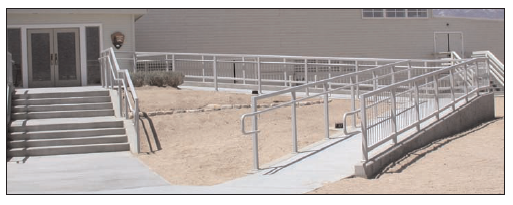
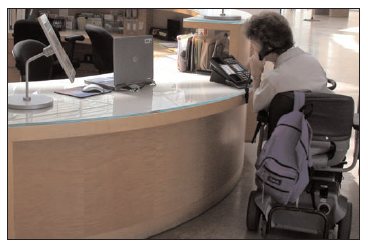
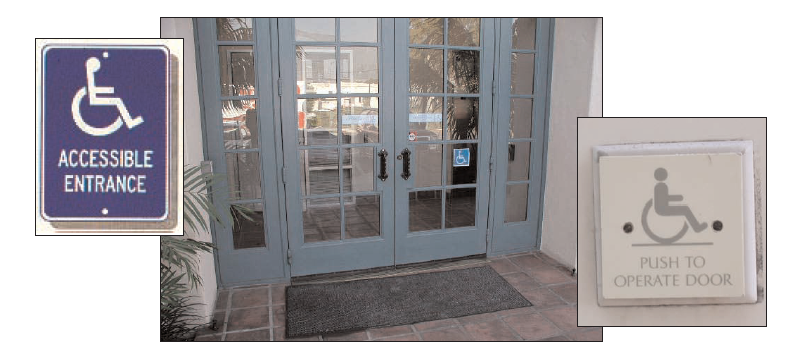
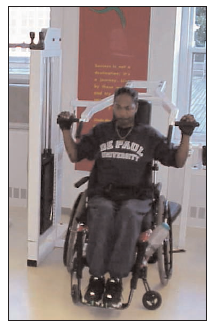
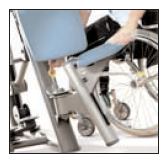
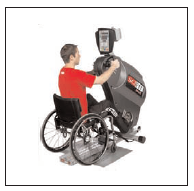
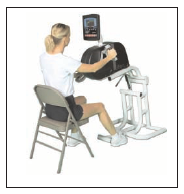
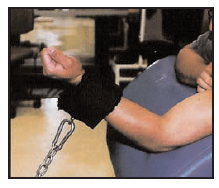
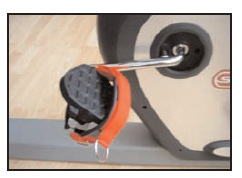
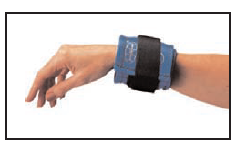
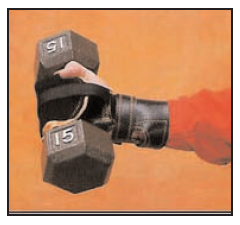
User Comments/Questions
Add Comment/Question